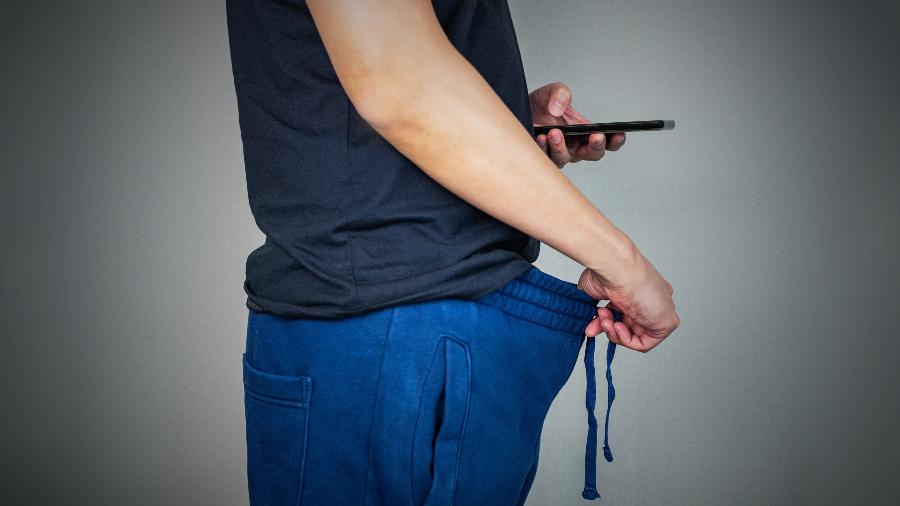Após perder o útero, Fernanda Machado revela desejo de aumentar a família

Fernanda Machado revelou recentemente que precisou retirar o útero após o nascimento do filho caçula, Leo. Doze dias depois do susto, a atriz revelou que ainda pensa em aumentar a família.
"Eu tinha a vontade de ter mais um filho sim. Ainda tenho meus ovários, vou continuar ovulando. Tenho a opção de tentar uma barriga de aluguel ou adoção. É claro que senti e ainda sinto a tristeza de perder meu útero, mas, imediatamente, quando a tristeza vem, penso na gratidão e alegria de estar viva e ter tido o presente de ter meus dois filhos", contou a atriz em entrevista para a revista Crescer.
O bebê chegou ao mundo no dia 31 de maio e, no momento, do parto, a médica descobriu a placenta acreta, o que levou Fernanda a perder muito sangue durante todo o processo.
Em seu Instagram, ela chegou a contar: "Logo após o nascimento do Leo tive uma hemorragia, a médica descobriu que minha placenta além de prévia era também acreta. Ela cresceu colada na parede do útero, e depois de todas as tentativas para salvá-lo, perdi muito sangue e a médica me explicou que pra salvar minha vida, ela teria que remover meu útero. Chorei muito só de pensar que nunca mais vou ter outro bebezinho crescendo no meu ventre... Mas ao mesmo tempo estou grata demais por ter tido a chance de ter meus 2 tesouros, Lucca e Leo".
Sobre sua recuperação, a atriz contou para a revista: "Os dois primeiros dias foram mais difíceis, eu estava bem abatida e com dor, mas, aos poucos, as dores foram melhorando. Uma semana após o nascimento do Leo, já estou sem dor e me sentindo bem melhor. Mas aí comecei a ter febre alta por conta de uma mastite, acho que meu corpo ficou bem debilitado com tudo que ei, mas estou melhorando aos poucos".

















ID: {{comments.info.id}}
URL: {{comments.info.url}}
Ocorreu um erro ao carregar os comentários.
Por favor, tente novamente mais tarde.
{{comments.total}} Comentário
{{comments.total}} Comentários
Seja o primeiro a comentar
Essa discussão está encerrada
Não é possivel enviar novos comentários.
Essa área é exclusiva para você, , ler e comentar.
Só s do UOL podem comentar
Ainda não é ? Assine já.
Se você já é do UOL, faça seu .
O autor da mensagem, e não o UOL, é o responsável pelo comentário. Reserve um tempo para ler as Regras de Uso para comentários.